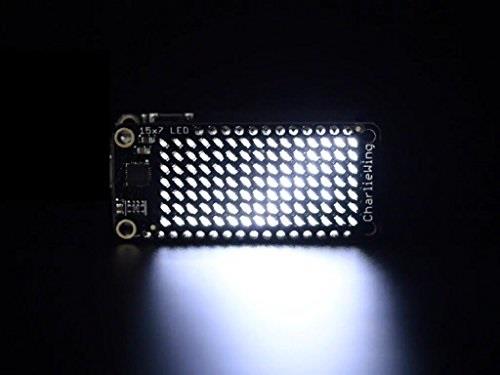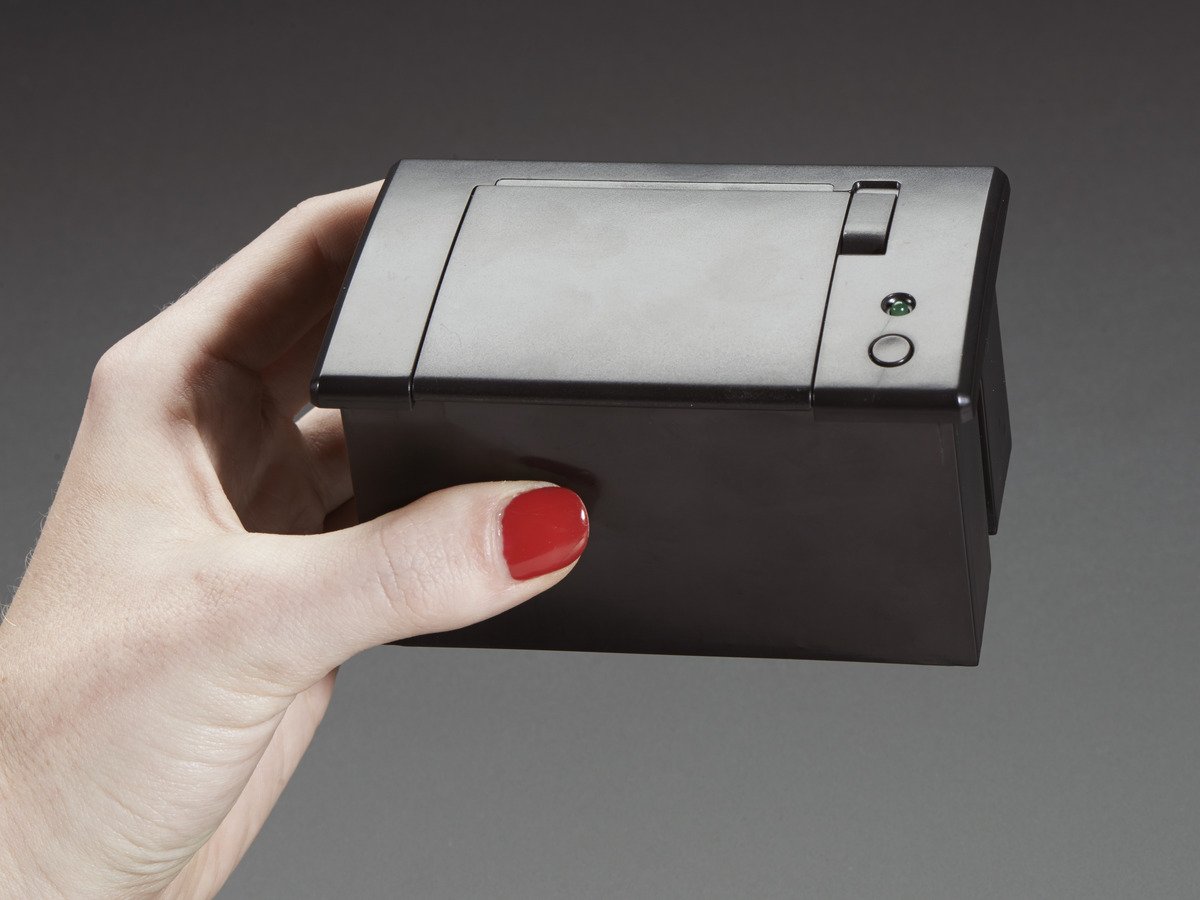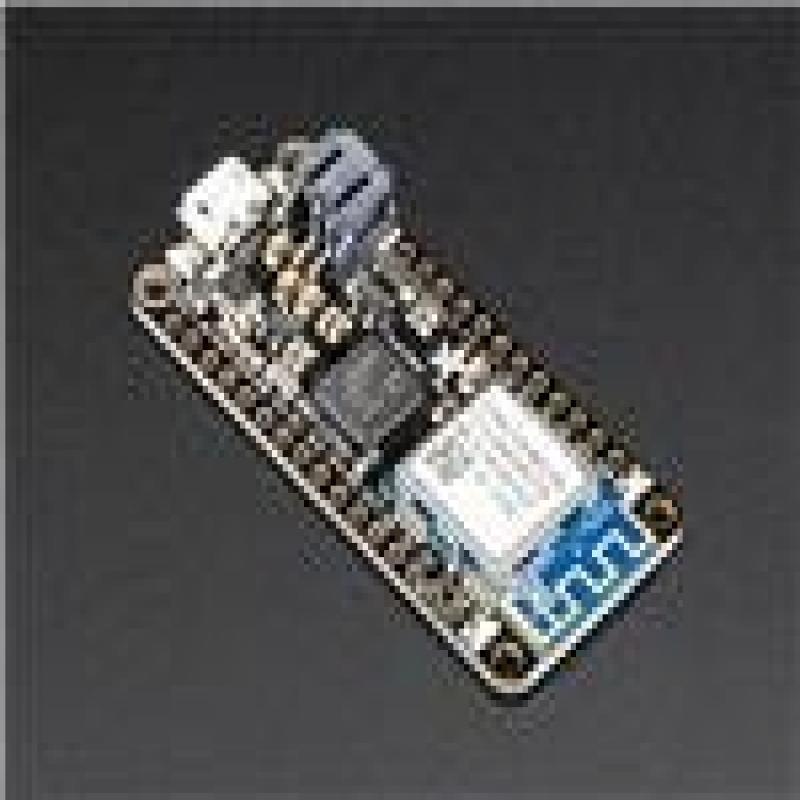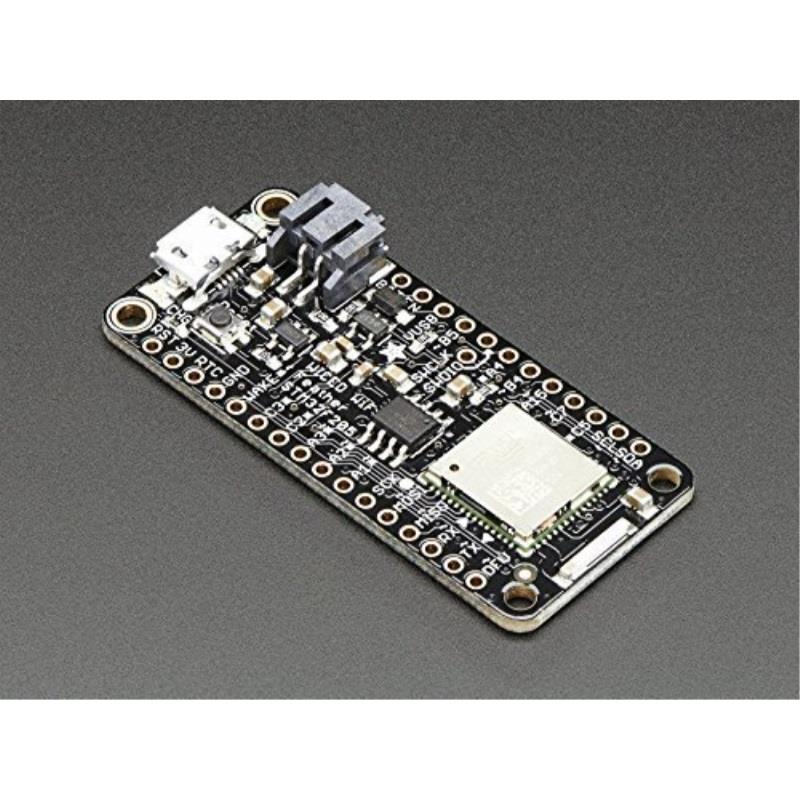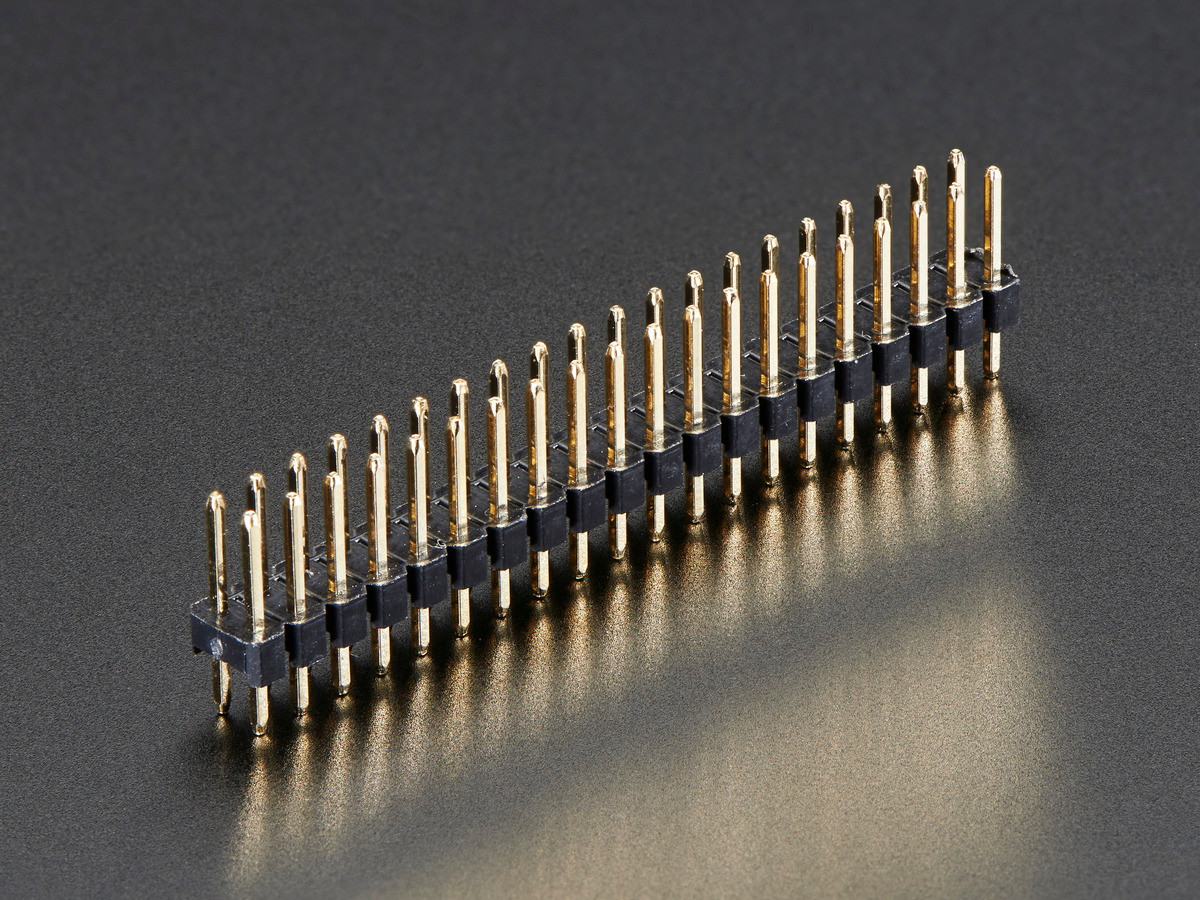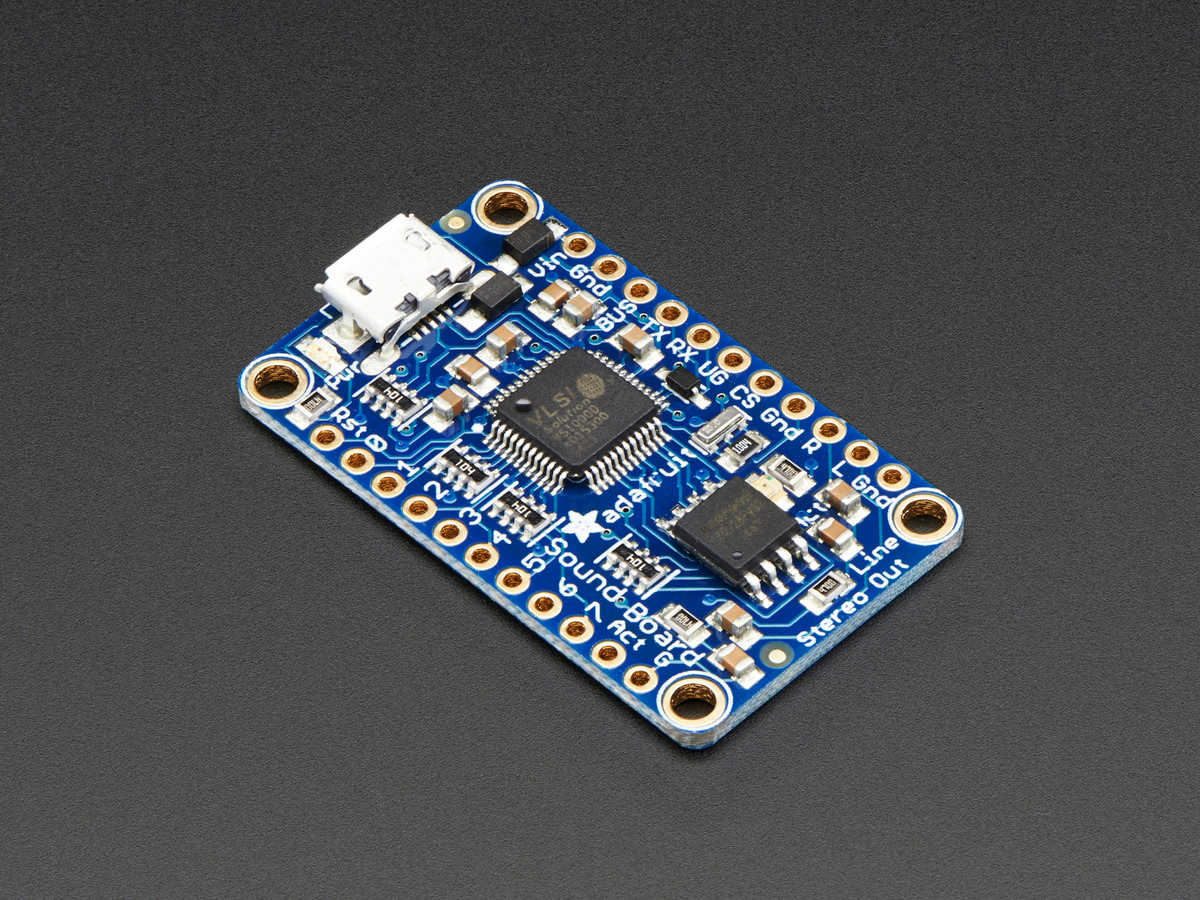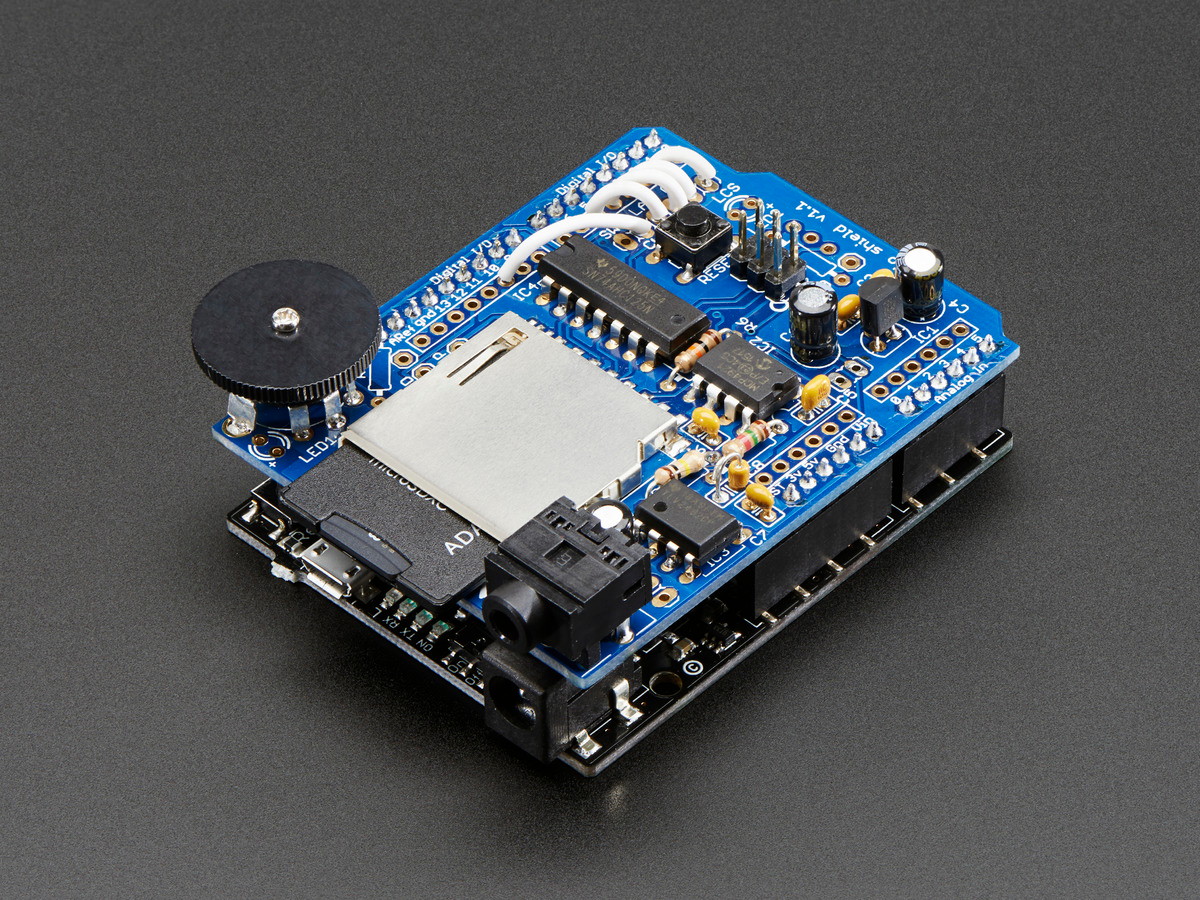Trusted shipping
Easy returns
Secure shopping
- Clothing, Shoes, Jewelry & Watches
- Home, Garden, Outdoor & Pets
- Electronics
- Audio, Video & Portable Devices
- Cables
- Adapters & Gender Changers
- Headsets, Speakers & Soundcards
- Power Protection
- 3D Printing
- Video Cards & Video Devices
- Tools & Components
- Sound Cards
- Alternative Energy
- Barebone / Mini Computers
- SSDs
- Accessories
- Mobile Accessories
- Storage Devices
- Personal Care
- Healthcare
- Home Theatre Systems
- Laptops, Computers & Office
- Speakers & Audio Systems
- Tech Services & Support
- Projectors, TVs & Home Theater
- Wi-Fi & Networking
- Cell Phones
- Electronics Deals
- Headphones
- Tablets & E-Readers
- Digital Cameras
- Home Phones
- Tech Accessories
- Electronics Sanitizing & Cleaning Supplies
- Smart Home
- Batteries, Power Banks & Chargers
- Wearable Technology
- GPS & Navigation
- Movies, Music, Books & Games
- Luggage
- Bible Covers
- Briefcases
- Camo
- Coolers
- Toiletry Bags
- Tote Bags
- Backpacks
- Carry-on Luggage
- Checked Luggage
- Lunch Bags
- Travel Accessories
- Luggage Deals
- Laptop Bags & Briefcases
- Kids' Luggage
- Duffels & Gym Bags
- Suitcases
- RFID Blocking Luggage & Travel Accessories
- Luggage Sets
- Mens' Luggage
- Handbags
- Accessories
- Outdoor
- Beauty Luggage
- Travel Totes
- Garment Bags
- Weekenders
- Messenger Bags
- Beauty & Health
- Category List
- Clothing, Shoes, Jewelry & Watches
- Home, Garden, Outdoor & Pets
- Electronics
- Audio, Video & Portable Devices
- Cables
- Adapters & Gender Changers
- Headsets, Speakers & Soundcards
- Power Protection
- 3D Printing
- Video Cards & Video Devices
- Tools & Components
- Sound Cards
- Alternative Energy
- Barebone / Mini Computers
- SSDs
- Accessories
- Mobile Accessories
- Storage Devices
- Personal Care
- Healthcare
- Home Theatre Systems
- Laptops, Computers & Office
- Speakers & Audio Systems
- Tech Services & Support
- Projectors, TVs & Home Theater
- Wi-Fi & Networking
- Cell Phones
- Electronics Deals
- Headphones
- Tablets & E-Readers
- Digital Cameras
- Home Phones
- Tech Accessories
- Electronics Sanitizing & Cleaning Supplies
- Smart Home
- Batteries, Power Banks & Chargers
- Wearable Technology
- GPS & Navigation
- Movies, Music, Books & Games
- Luggage
- Bible Covers
- Briefcases
- Camo
- Coolers
- Toiletry Bags
- Tote Bags
- Backpacks
- Carry-on Luggage
- Checked Luggage
- Lunch Bags
- Travel Accessories
- Luggage Deals
- Laptop Bags & Briefcases
- Kids' Luggage
- Duffels & Gym Bags
- Suitcases
- RFID Blocking Luggage & Travel Accessories
- Luggage Sets
- Mens' Luggage
- Handbags
- Accessories
- Outdoor
- Beauty Luggage
- Travel Totes
- Garment Bags
- Weekenders
- Messenger Bags
- Beauty & Health
- Baby & Toys
- Sports & Outdoors
- School & Office Supplies
- Breakroom & Janitorial Supplies
- Diaries
- Utility & Stationary
- Pens & Pencils
- Teacher Supplies & Classroom Decorations
- Paper
- Markers
- Binders
- School Supplies
- Packing & Mailing Supplies
- Tape, Adhesives & Fasteners
- Boards & Easels
- Crayons
- Desk Organization
- Pencils
- Filing & Organizers
- Journals
- Pens
- Labels & Label Makers
- Tools & Equipment
- Calendars
- Sticky Notes
- Notebooks
- Erasers & Correction Tape
- Pencil Cases
- Planners
- Retail Store Supplies
- Highlighters
- Locker Accessories
- Cute School Supplies
- School & Office Accessories
- Food & Grocery
- Shops All
- Unique-Bargains
- Cool cold
- Wesdar
- i-Star
- CoCoCo
- Targus
- Cooling Device Accessories
- Xtrike Me
- Tech/Gaming
- Gift Cards
- Women's Accessories
- Flash
- Men's Clothing
- Gift Ideas
- Brand Experiences
- Sale on Select School & Art Supplies
- Jewelry
- Featured Brands
- Nursing Items
- Storage
- Men's Shoes
- College
- School & Office Supplies
- Bullseye's Playground
- PRIDE
- Women's and Men's Shoes & Accessories
- Holiday Trees, Lights & More Sale
- Women's Dresses
- Gingerbread
- Caregiver Essentials
- Baby Bath
- select School Supplies
- Doorbusters
- Bedding & Bath
- Women's Sandals
- Sandals for the Family
- Men's Accessories
- Shops All
- One-day Easter sale
- select Health Items
- Friendsgiving
- Women's Tops, Shorts & Shoes
- Made By Design Organization
- Baby Mealtime
- For New & Expecting Parents
- Crayola Kids' Daily Deal
- Spritz Party Supplies
- Wellness Icon Glossary
- Our Generation Dolls & Accessories Kids' Daily Deal
- select Home items
- Mas Que
- Baby Apparel
- Children's Board Books Kids' Daily Deal
- Select Office Furniture
- Most-added Wedding Registry Items
Buy adafruit inductive charging set 5v @ 500ma max ada1407 in United States - Cartnear.com
adafruit inductive charging set 5v @ 500ma max ada1407
CTNR1552796 0711978441954 CTNR1552796Adafruit
2027-01-01
/itm/adafruit-inductive-charging-set-5v-500ma-max-ada1407-1552796
USD
14.22
$ 14.22 $ 14.66 3% Off
Item Added to Cart
customer
*Product availability is subject to suppliers inventory
SHIPPING ALL OVER UNITED STATES
100% MONEY BACK GUARANTEE
EASY 30 DAYSRETURNS & REFUNDS
24/7 CUSTOMER SUPPORT
TRUSTED AND SAFE WEBSITE
100% SECURE CHECKOUT
The squarish board with two chips on it is the transmitter (power with 9V). The longer board is the output andyou can connect that to the part ofyour project that needs powering. Inductive charging is a way of powering a device without a direct wire connection. Most people have seen inductive charging in a rechargable electric toothbrush: you may have noticed that you recharge it by placing it into the holder, but there's no direct plug. These chargers work by taking a power transformer and splitting it in half, an AC waveform is generated into one, and couples into the second coil. This is a basic charger set, and it does work, providing 5V DC output from the output half when the input half is powered with 9V to 12VDC. You can draw as much as ~500mA if the coils are 2 or 3 mm apart. If you only need 100 or 200mA you can be up 7mm apart. For 10mA draw, the coils can be up to half an inch ( 12.5 mm) apart. Any non-ferrous/non-conductive material (eg air, wood, leather, plastic, paper, glass) can be used between the two coils. The material doesn't affect the distance or efficiency. The coils do need to be fairly co-axial, try to get them to be parallel and have the circles line up for best power-transfer. (This is why the electric toothbrush must fit into the plastic holder, it's lining up the two coils for best efficiency) Because its an air-core transformer, it's fairly inefficient.
Only about 40% of the energy in shows up on the other end, but for low power or charging project. If you draw 5V 100mA on the output side ( 0.5W ), you'll need 0.5W * 2.5 / 9V = ~150mA from the input end. The quiescent current is about 70mA at all time, even when the other coil is not anywhere near by. These are basic modules, probably used for some low cost toy. We don't have any datasheets or specifications for them. We do see a feedback resistor divider on the output side using 06
UPC NO: 711978441954
SKU: ADIB00SLYAIG8
Only about 40% of the energy in shows up on the other end, but for low power or charging project. If you draw 5V 100mA on the output side ( 0.5W ), you'll need 0.5W * 2.5 / 9V = ~150mA from the input end. The quiescent current is about 70mA at all time, even when the other coil is not anywhere near by. These are basic modules, probably used for some low cost toy. We don't have any datasheets or specifications for them. We do see a feedback resistor divider on the output side using 06
UPC NO: 711978441954
SKU: ADIB00SLYAIG8

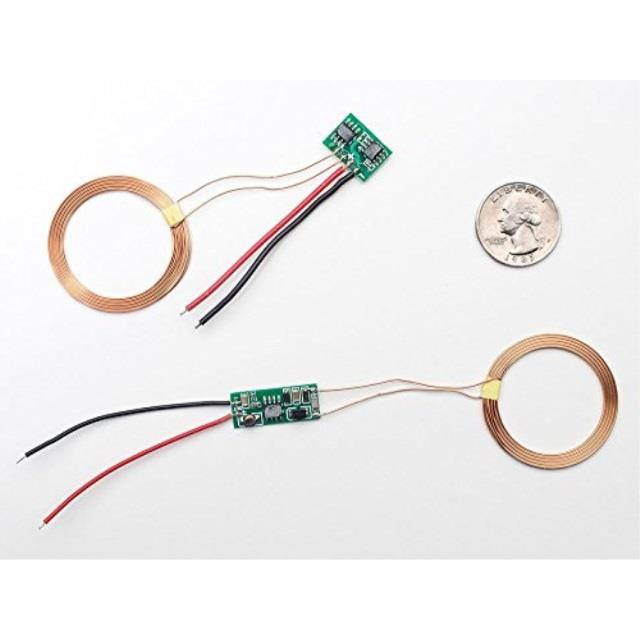
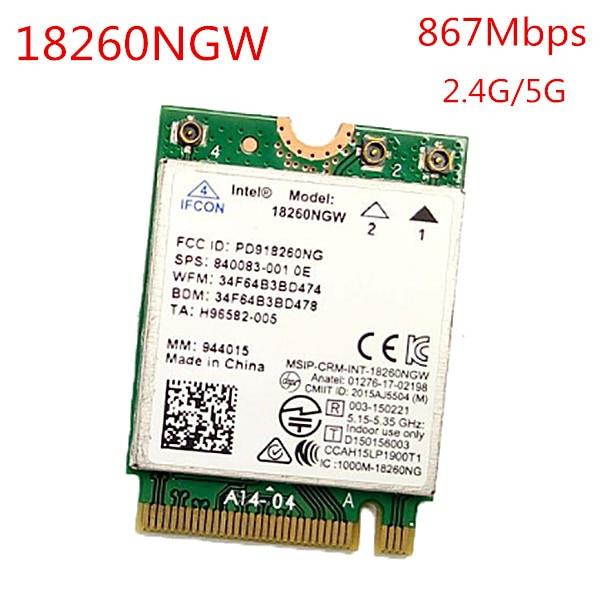

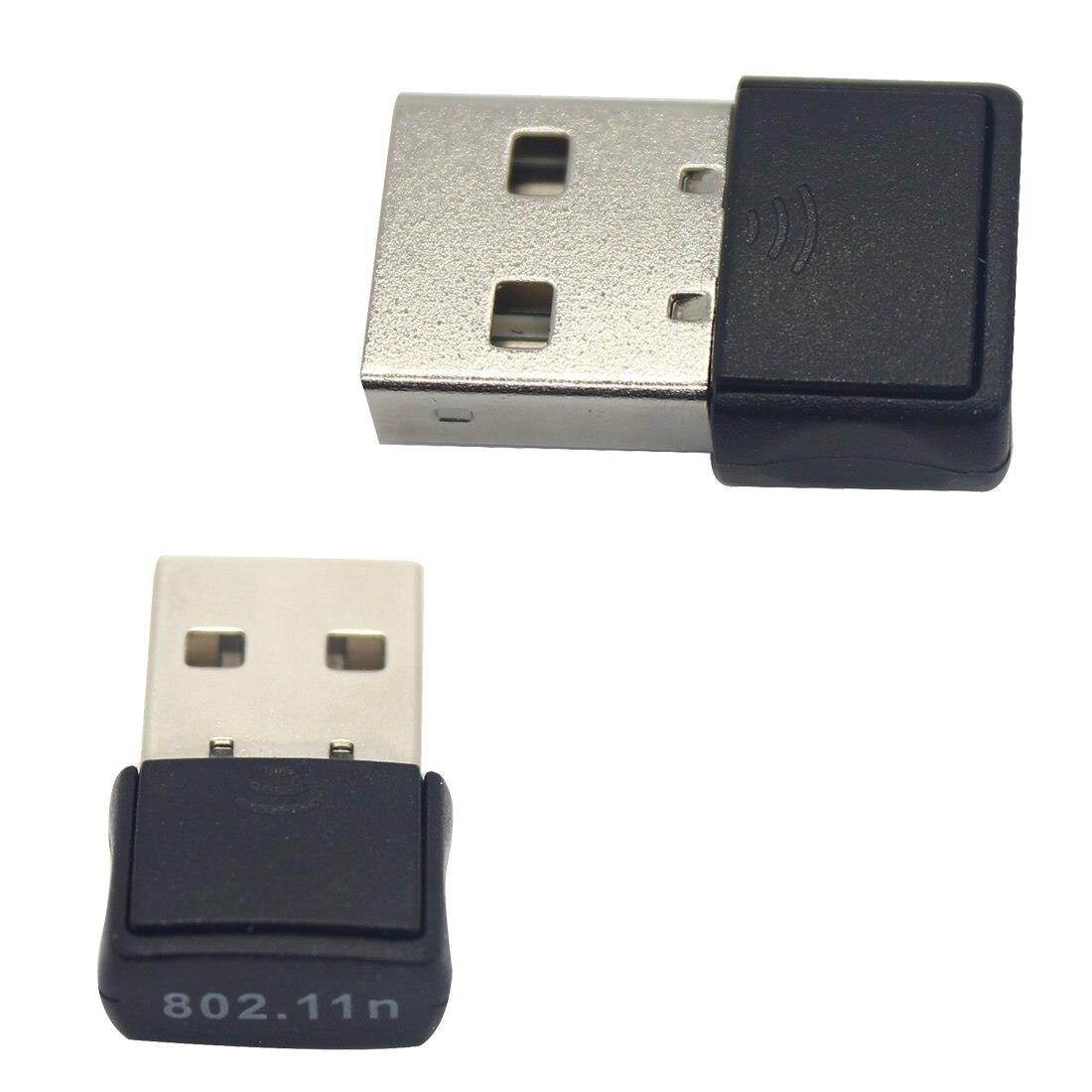
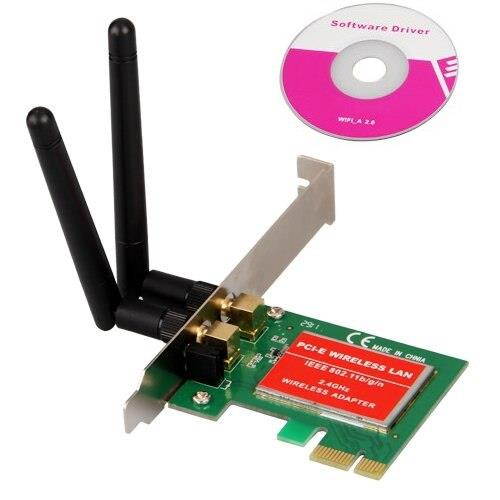
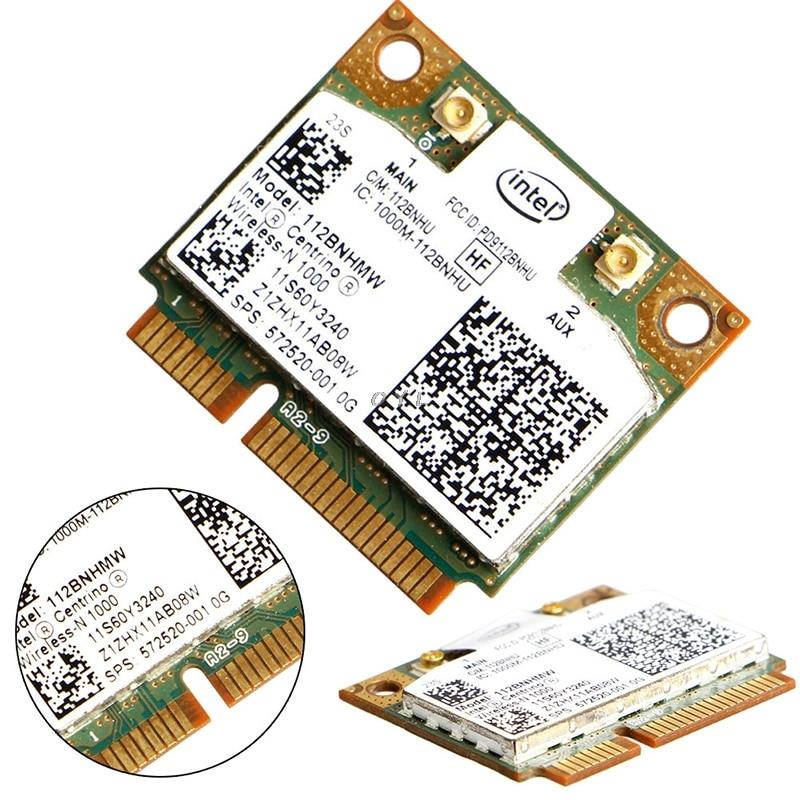
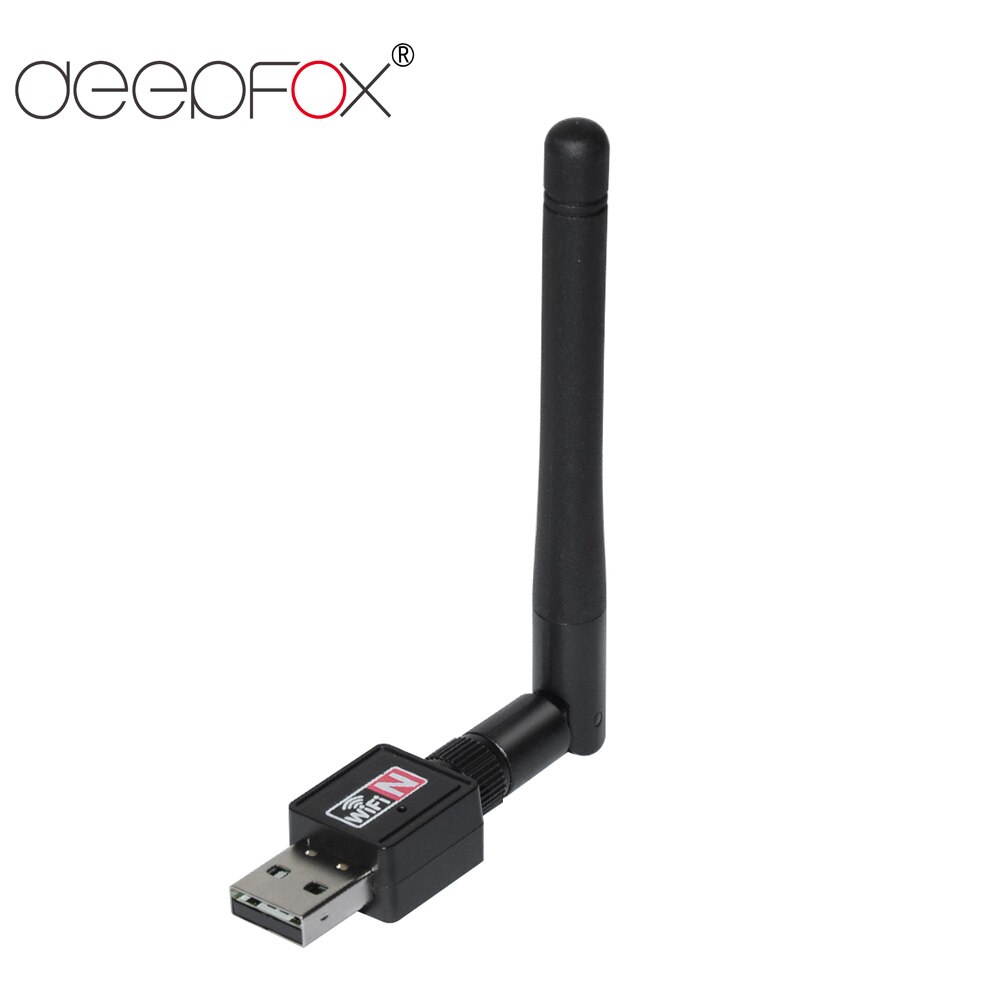
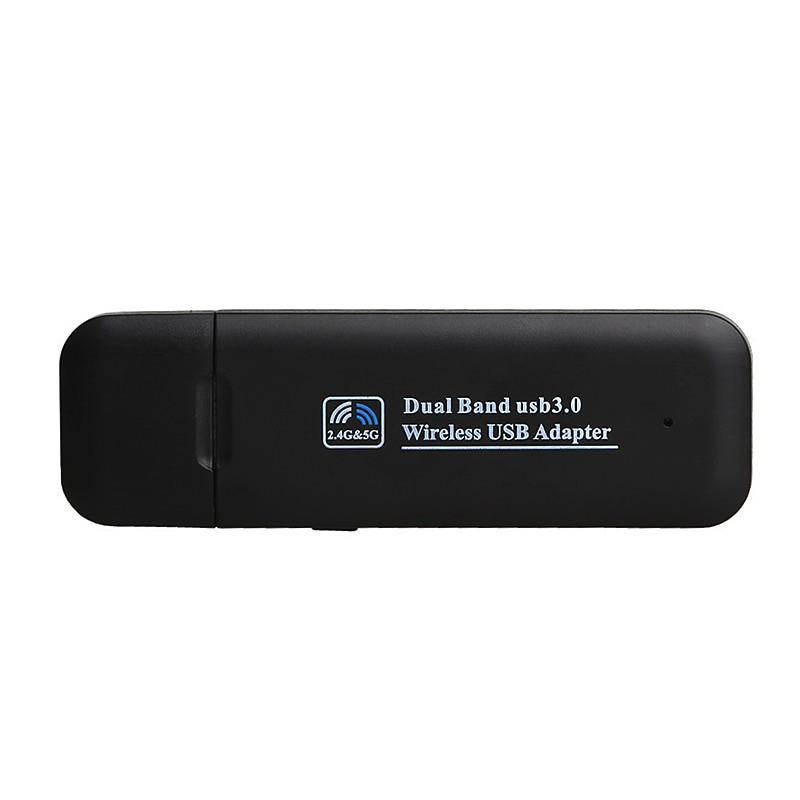
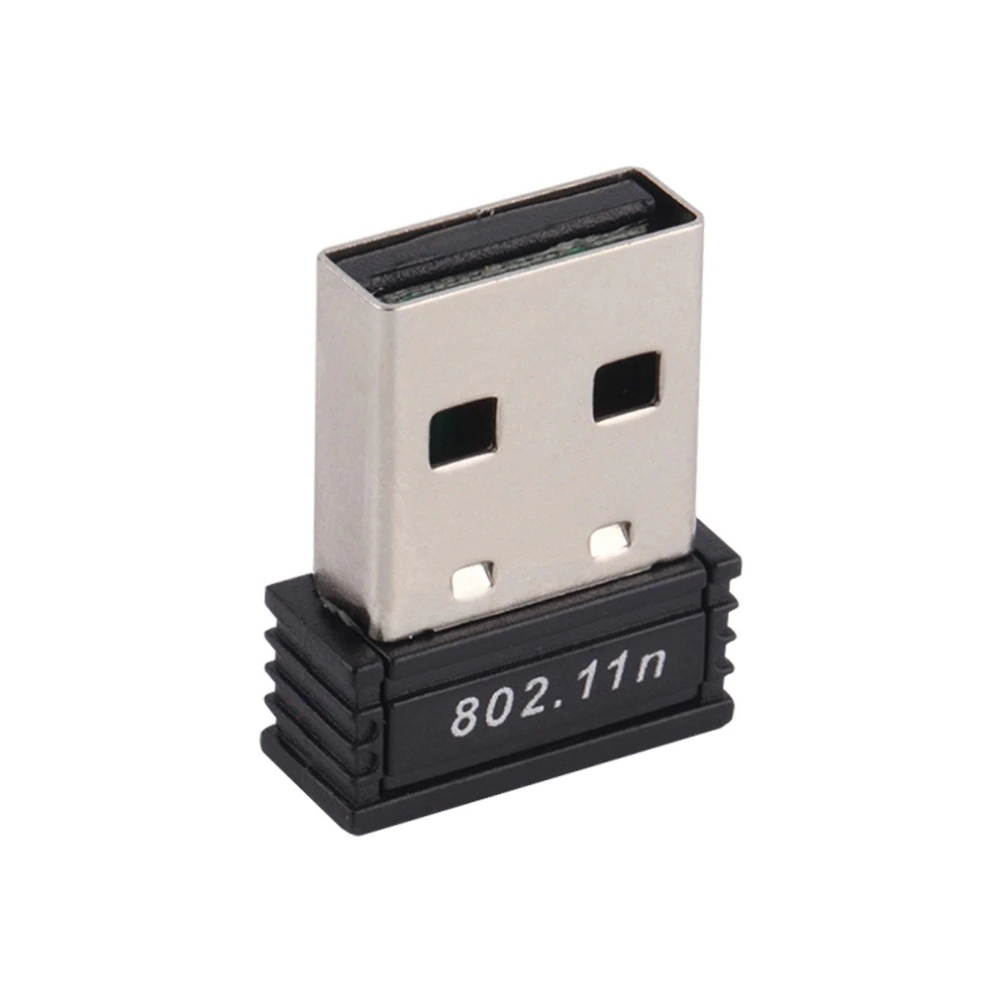
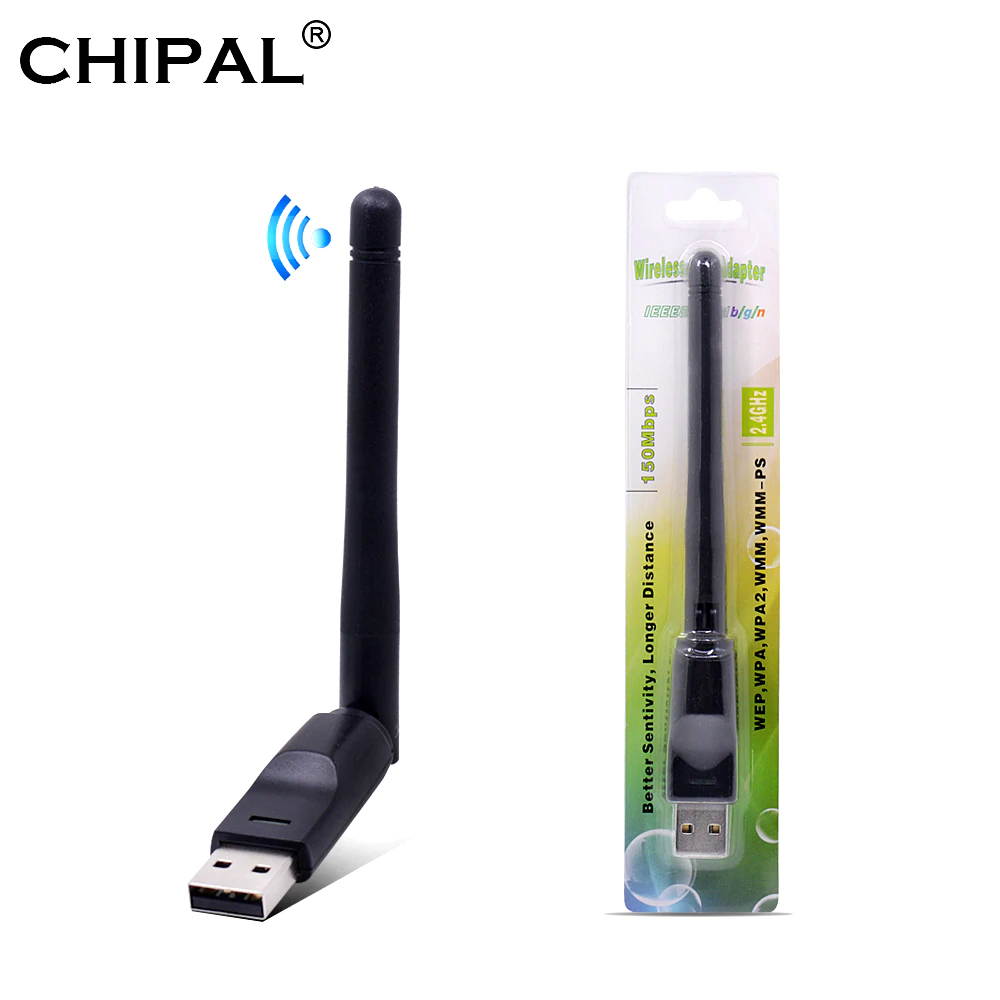
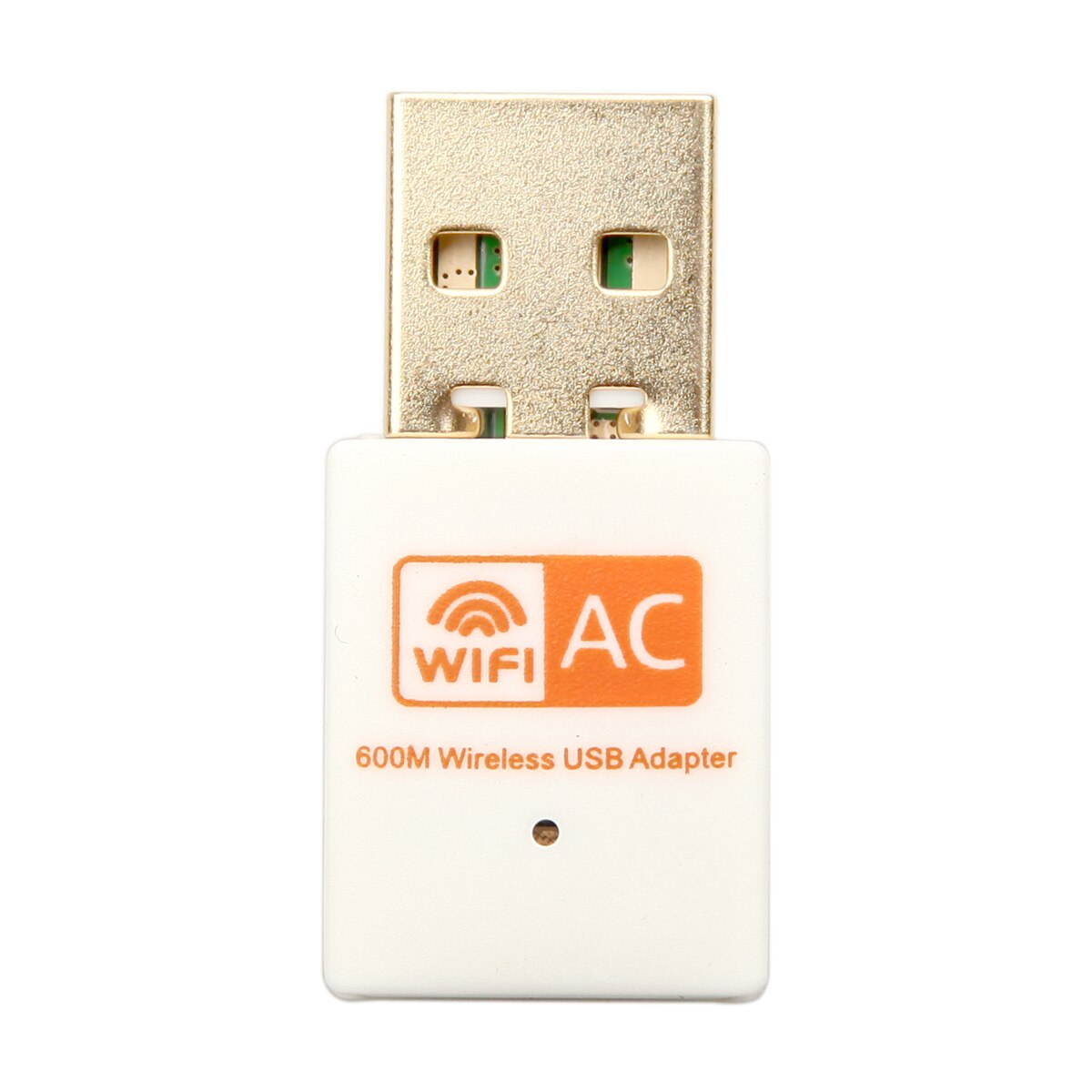
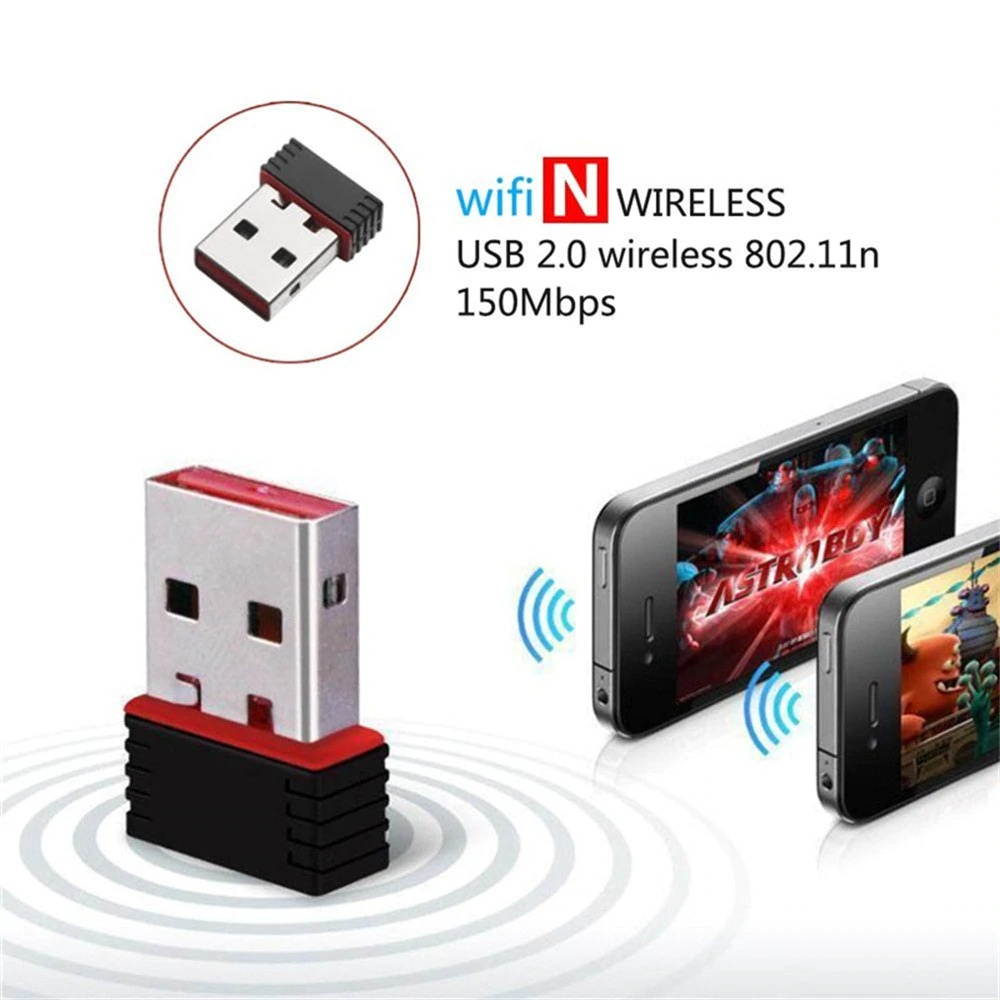
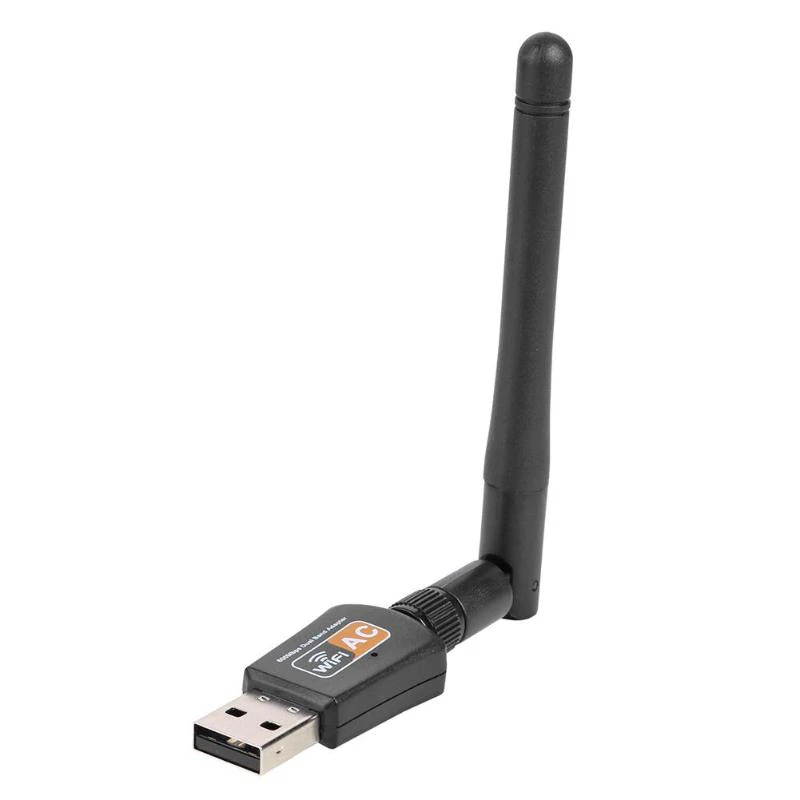
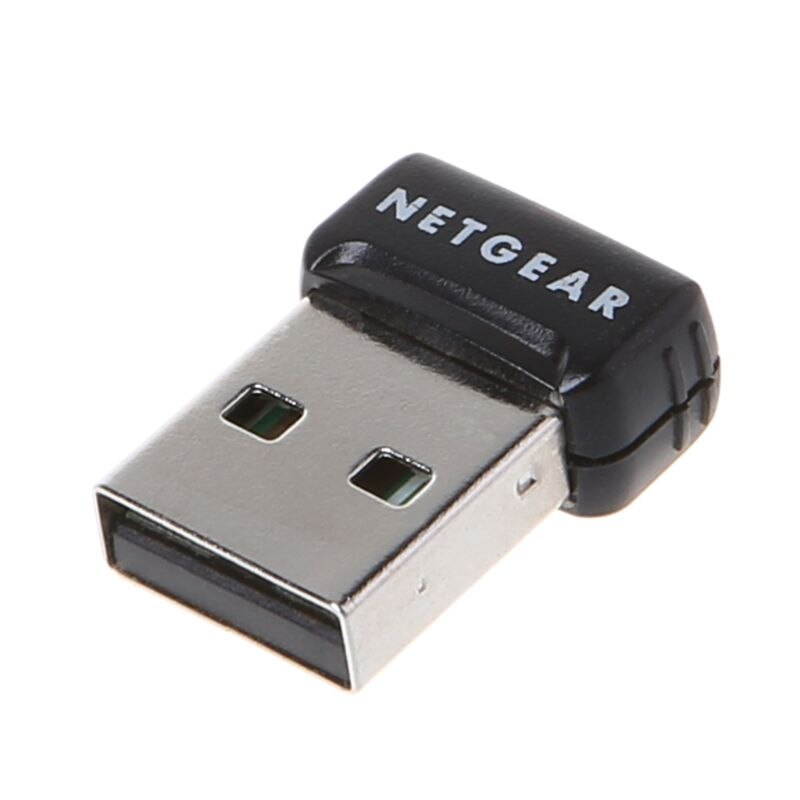
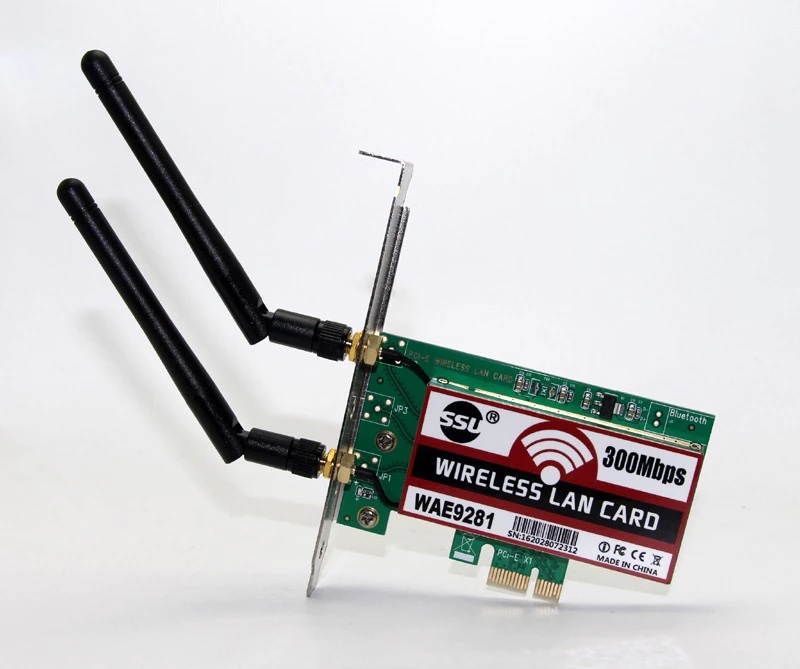
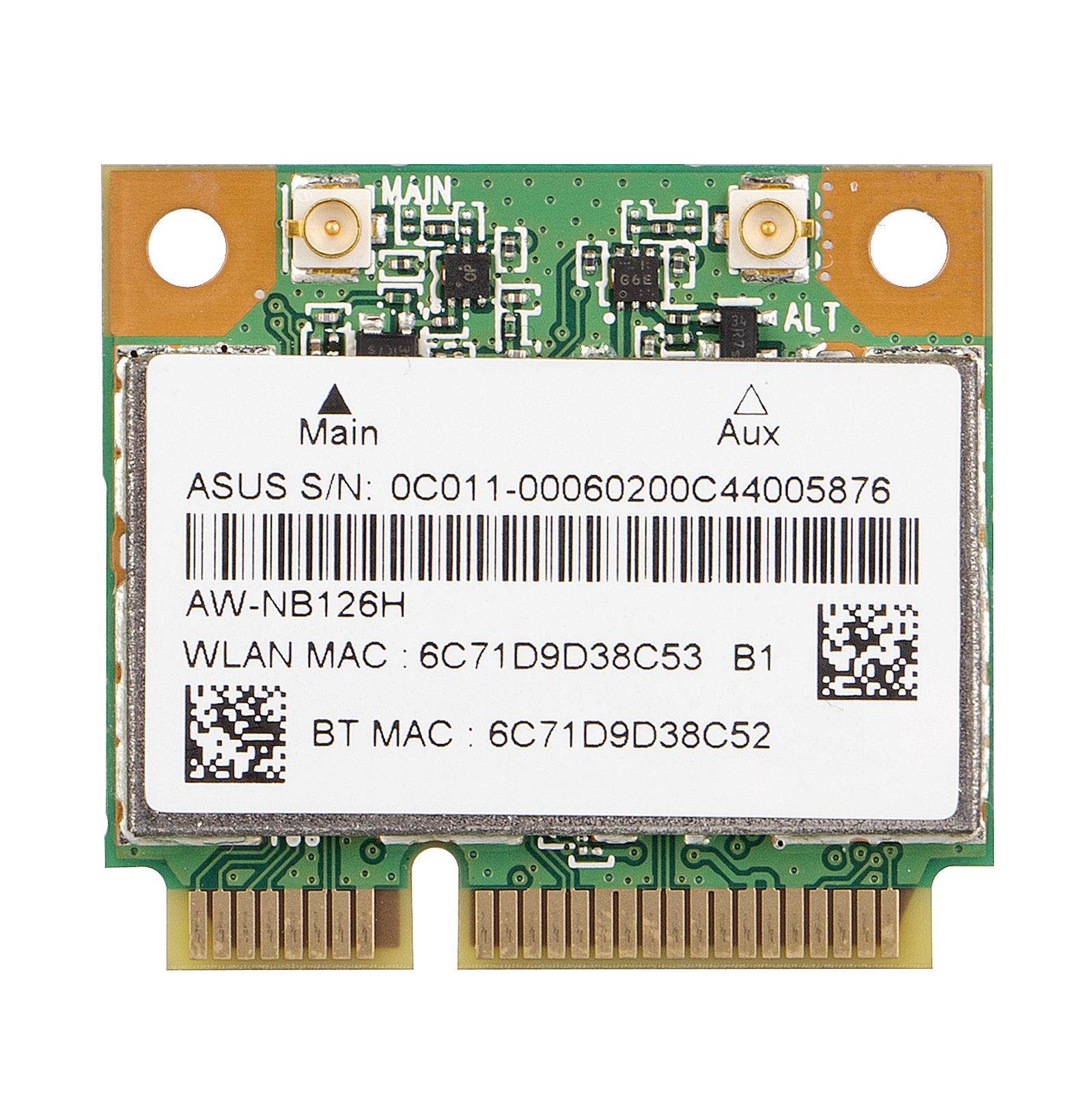
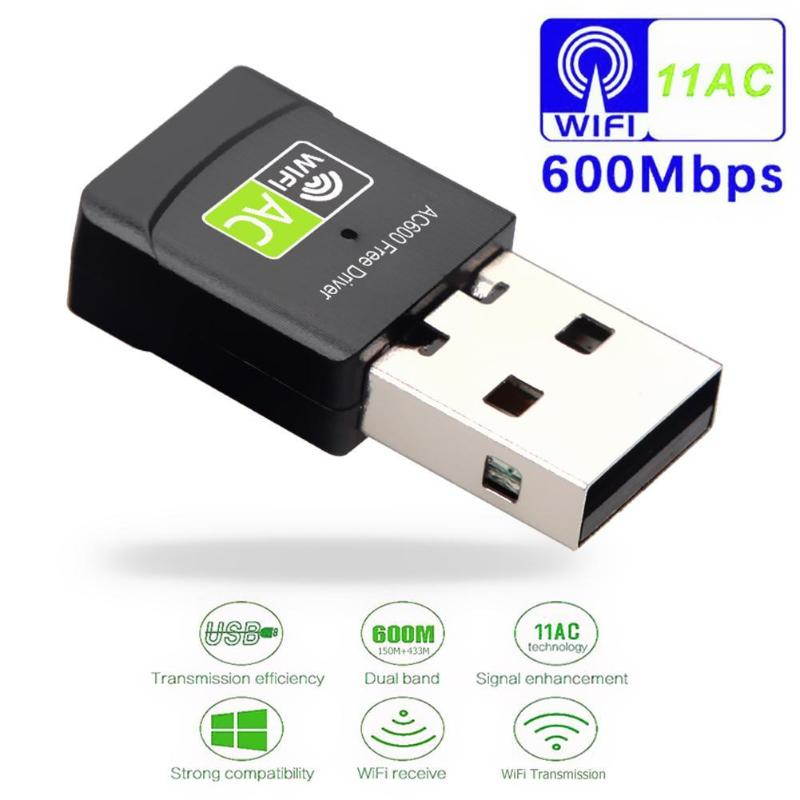
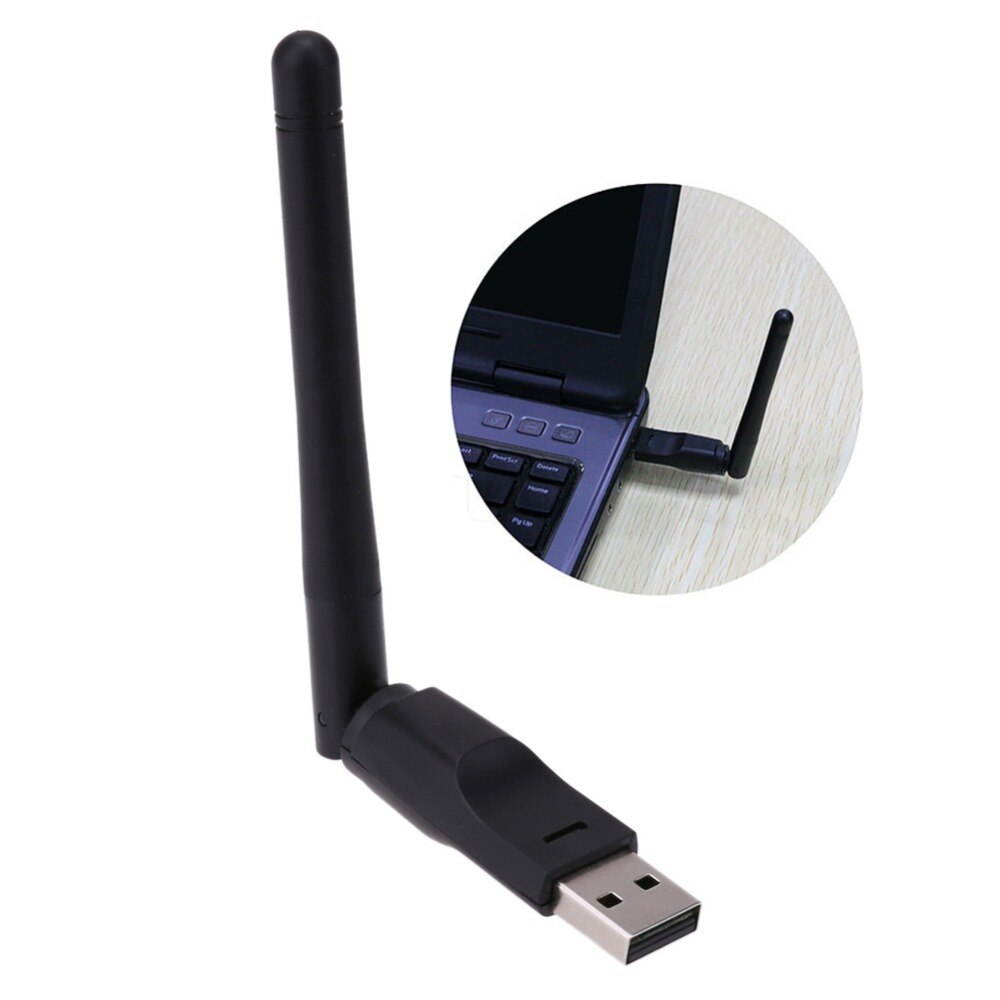
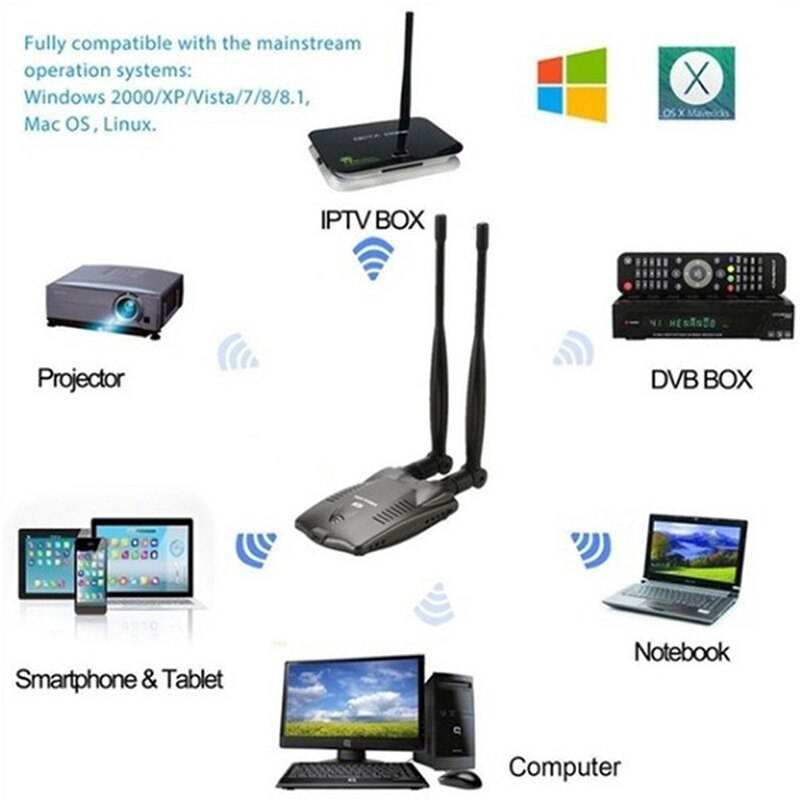
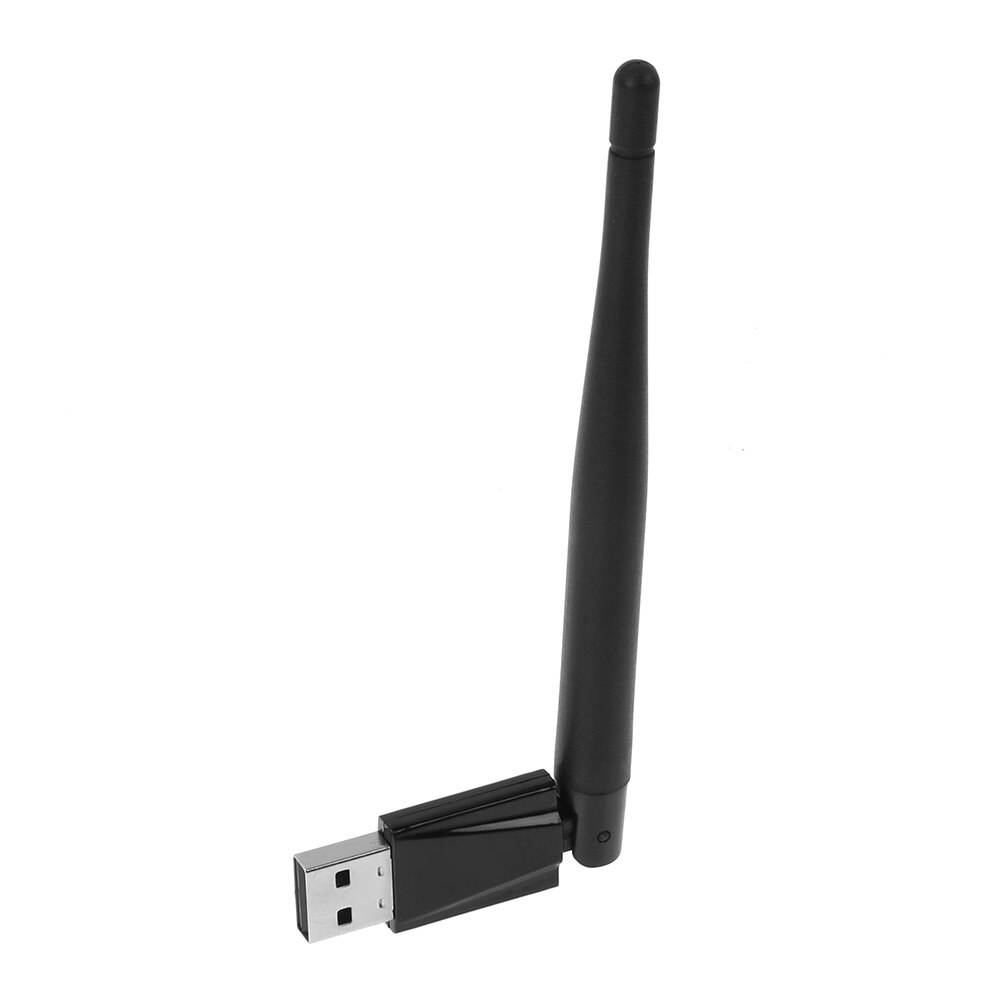
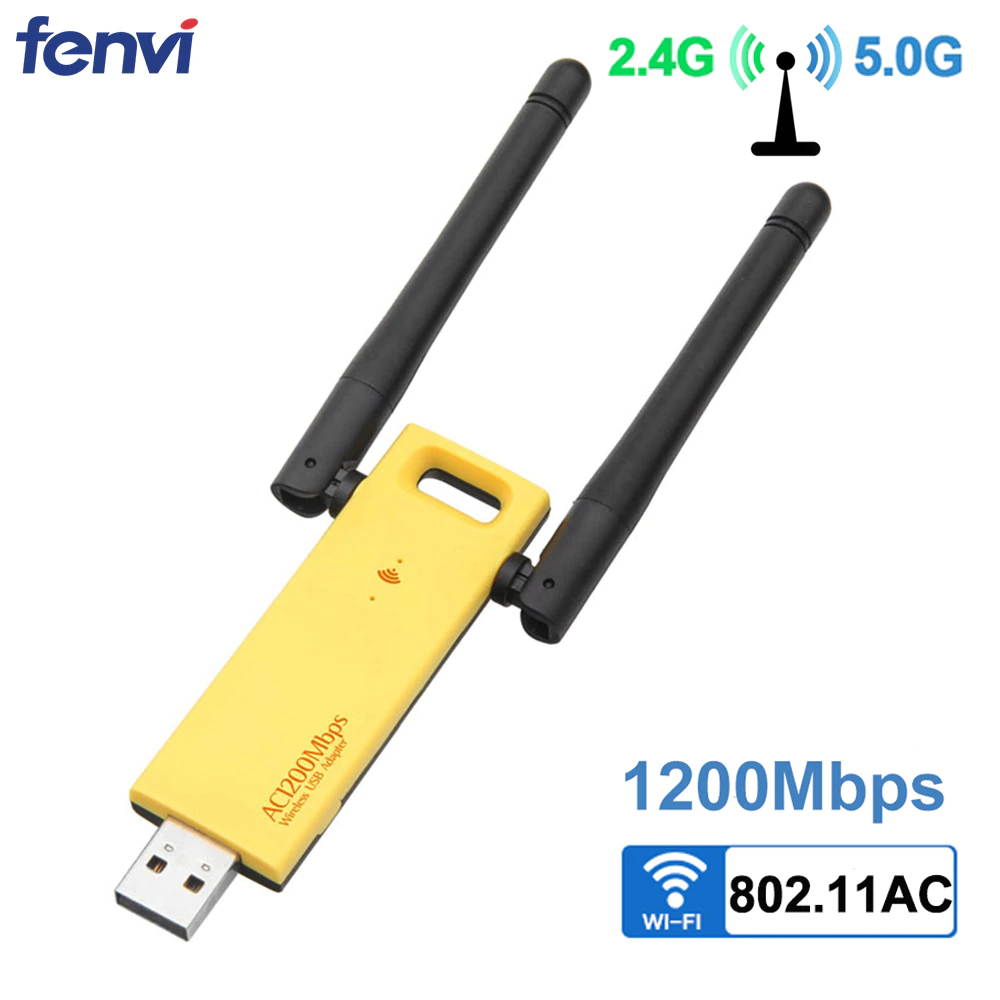
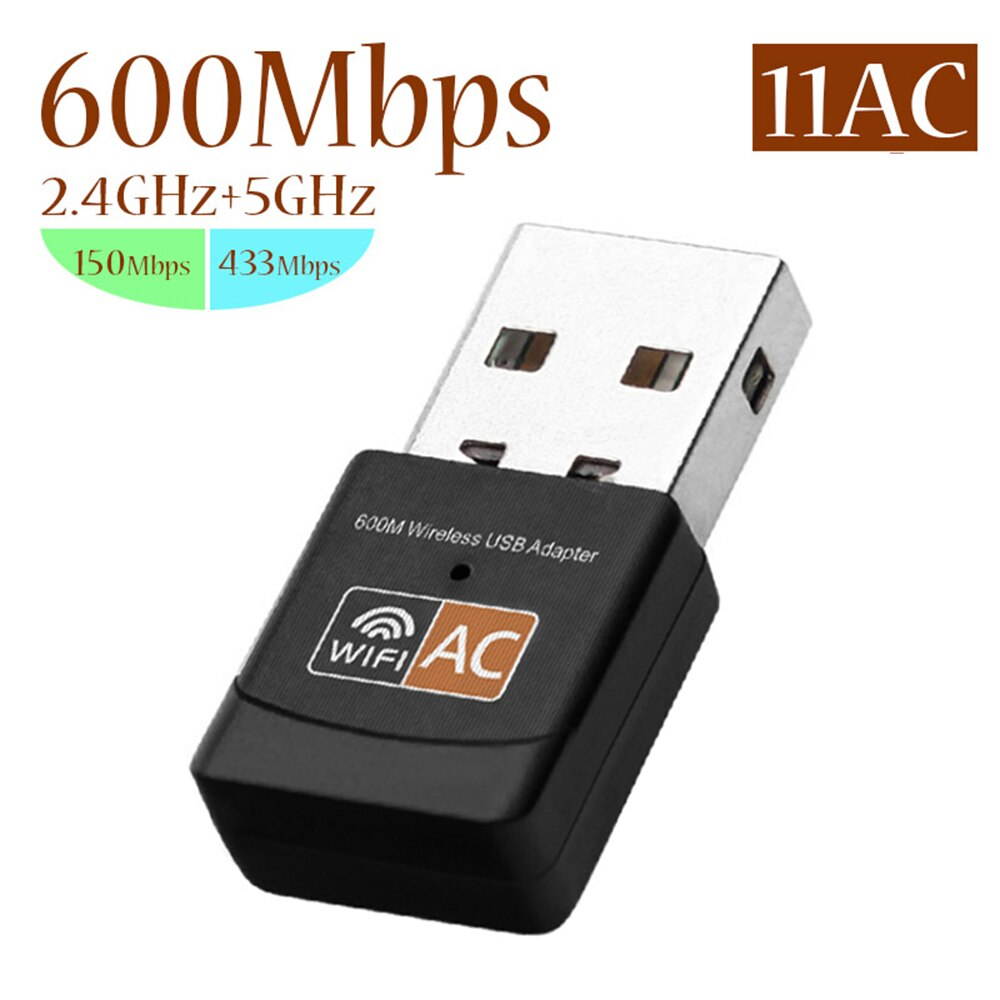
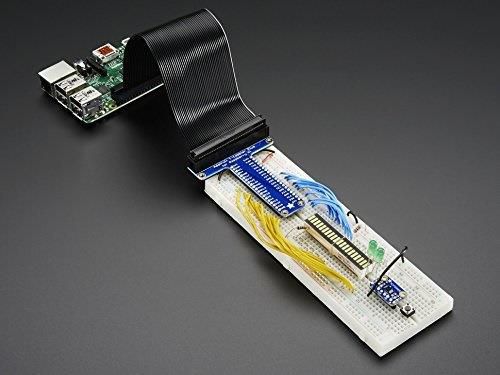
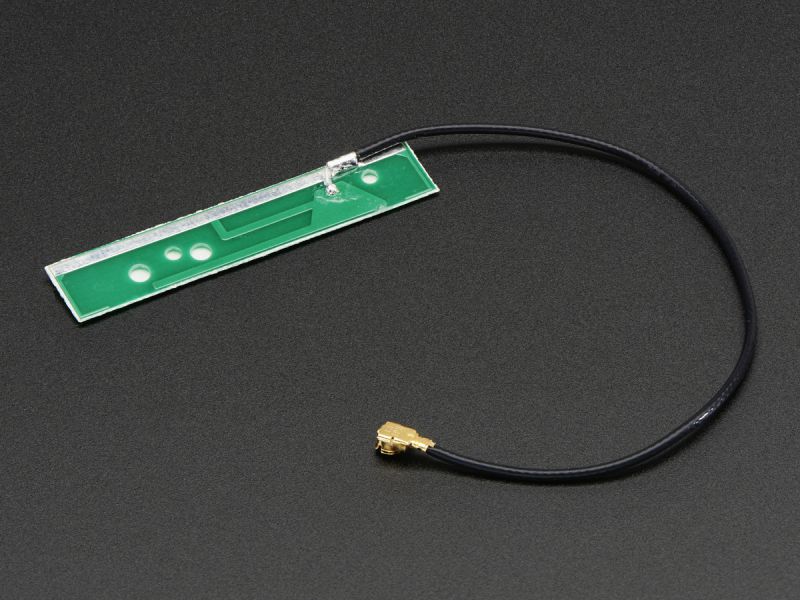
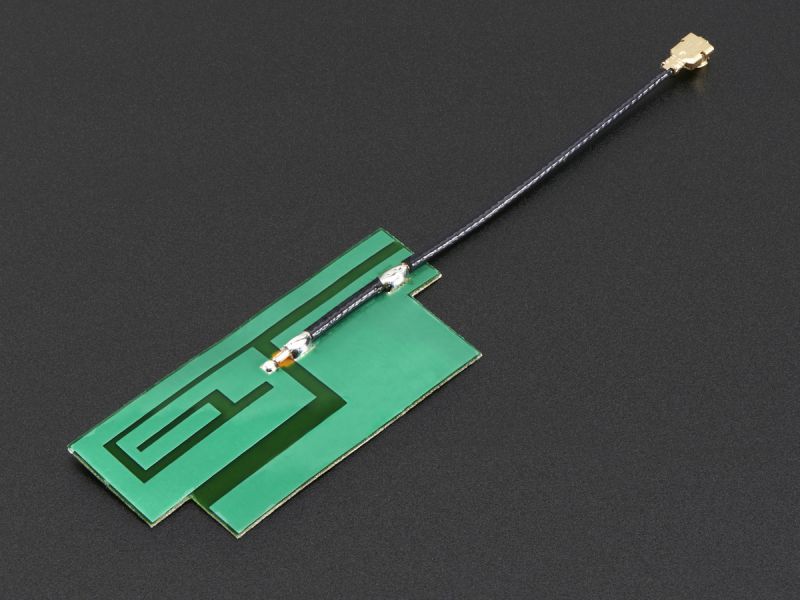
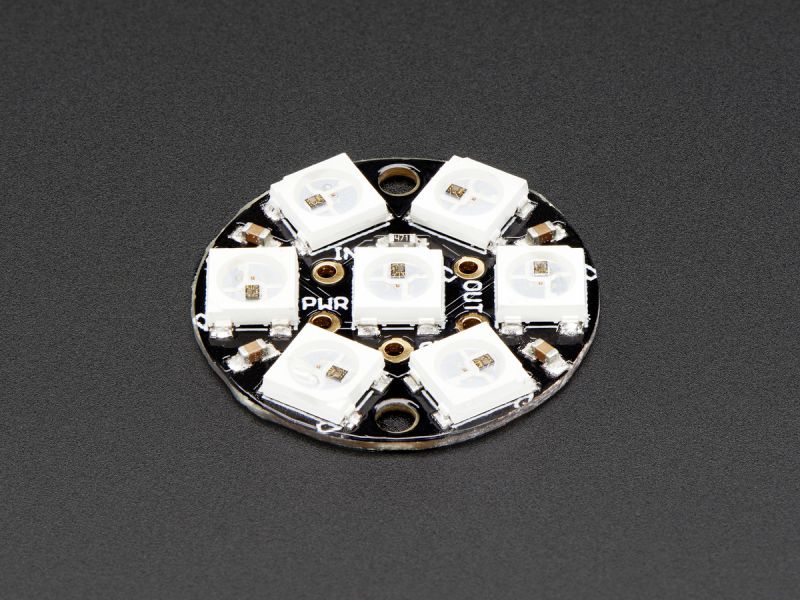
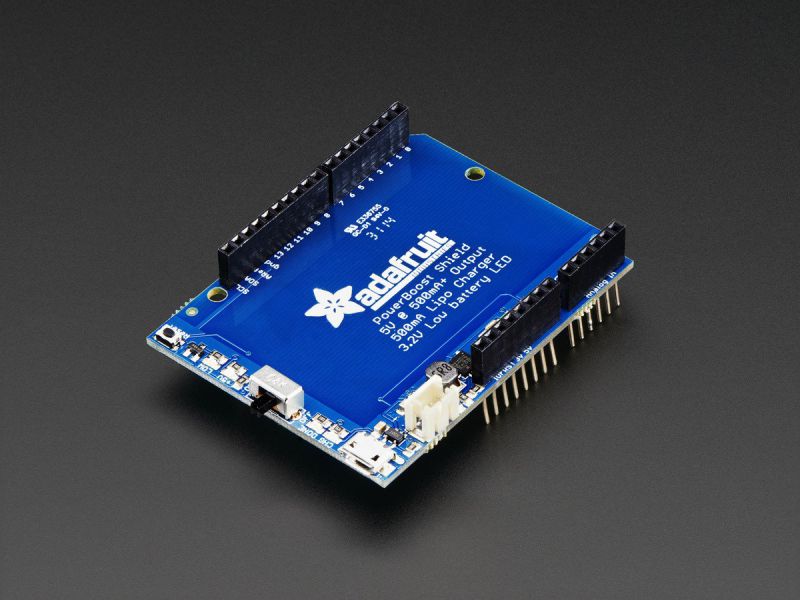
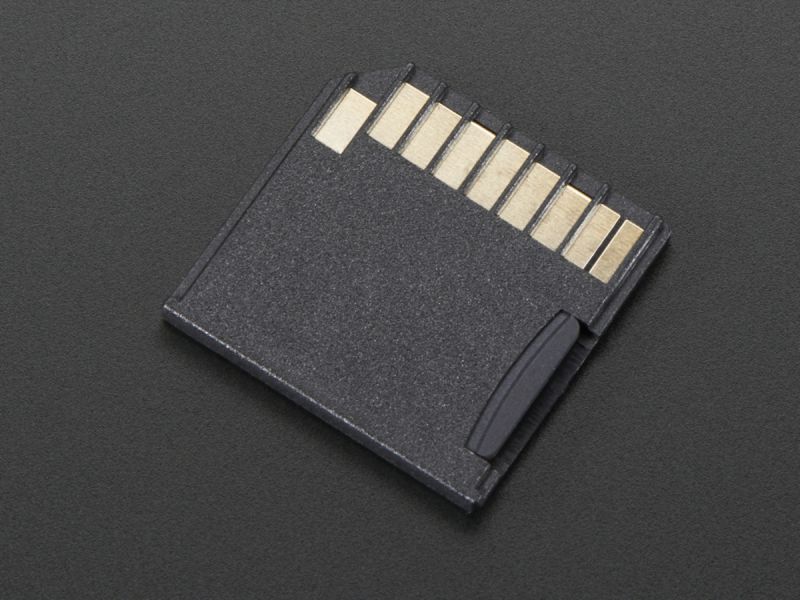
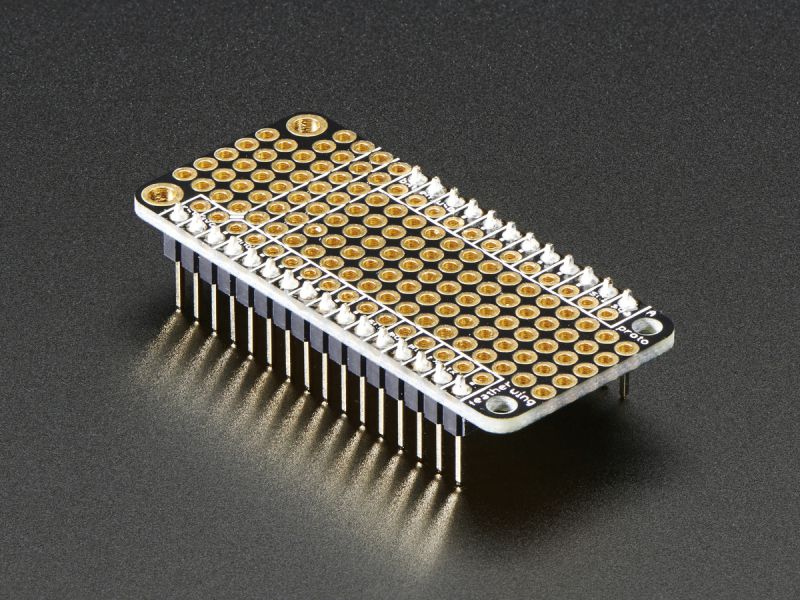
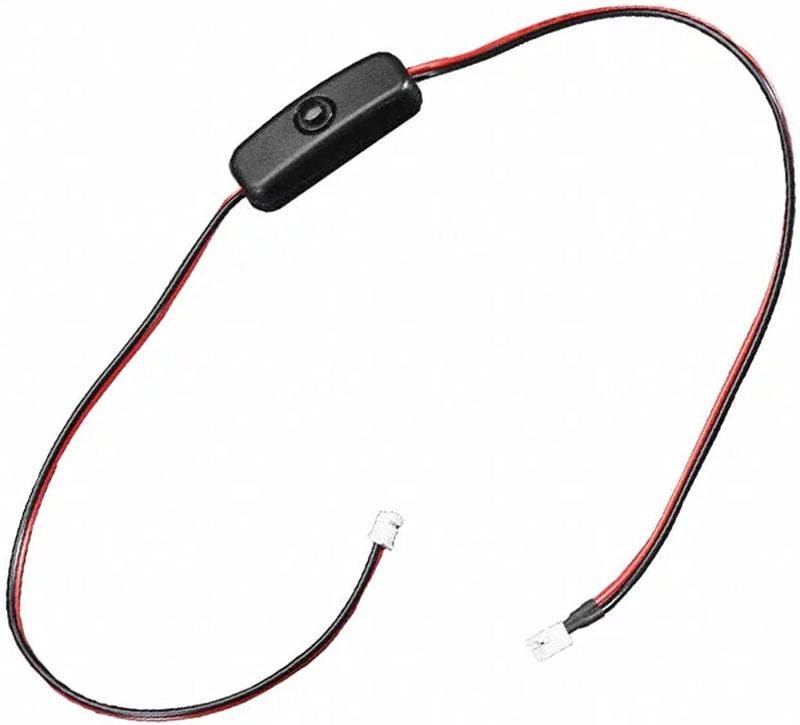
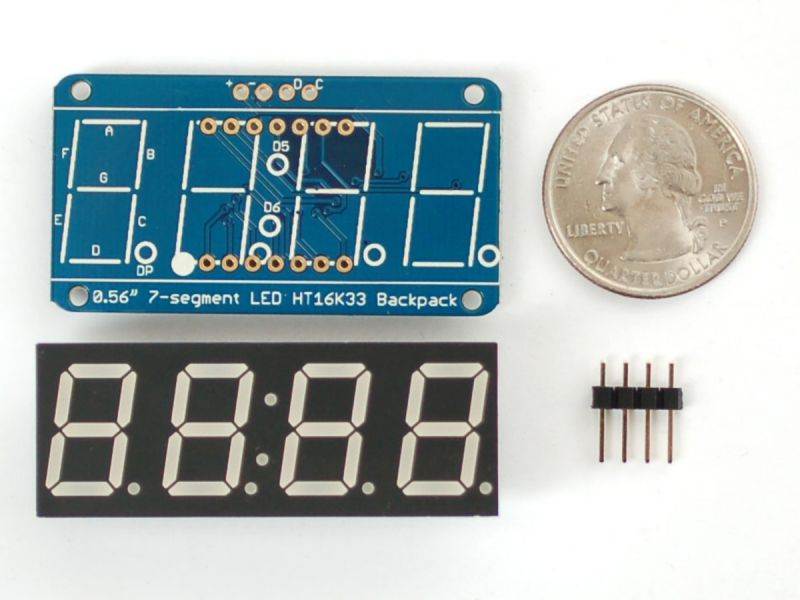
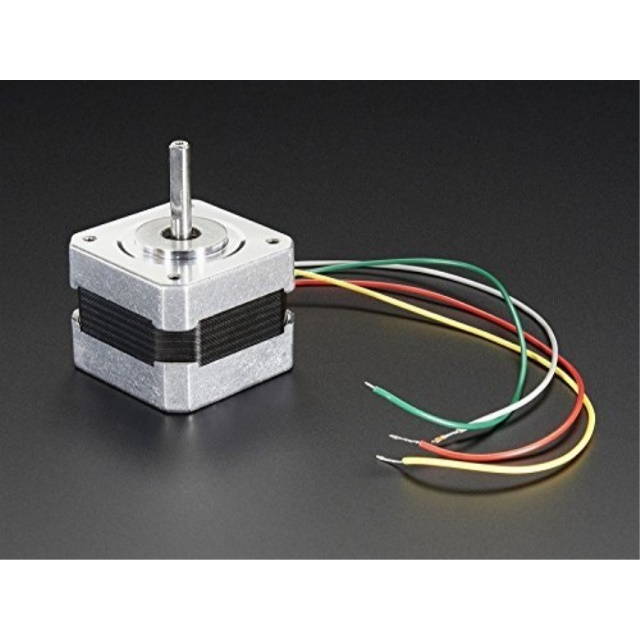
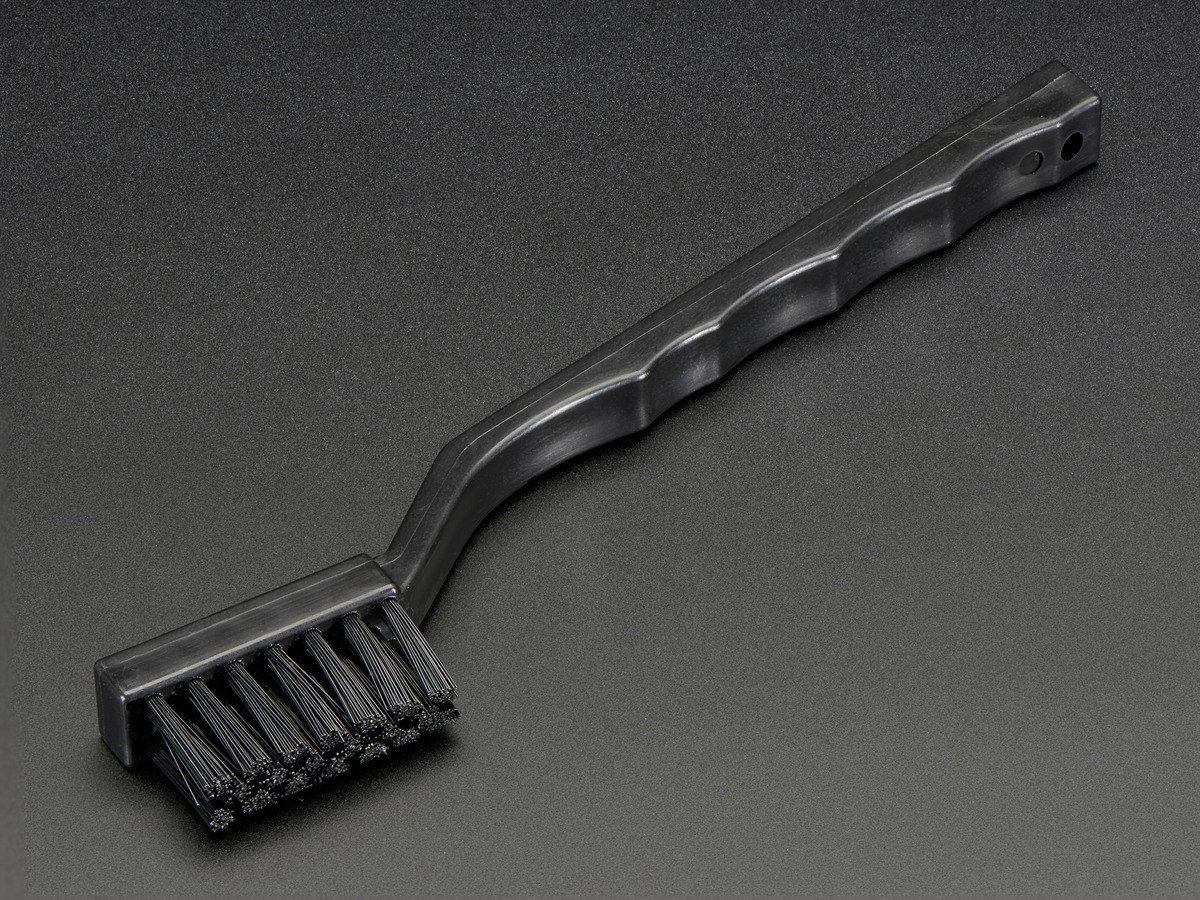
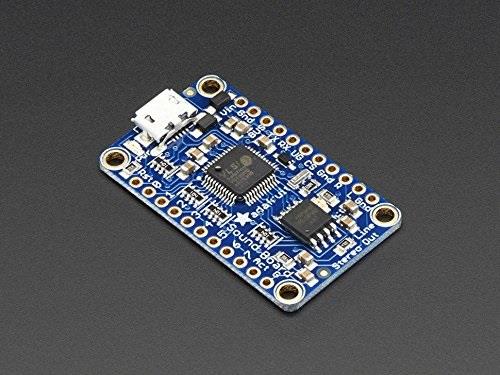
![Adafruit Mini Thermal Receipt Printer [ADA597]](https://cdn.cartnear.com/3f3389999348af30abe1e833257ca229.jpg)
